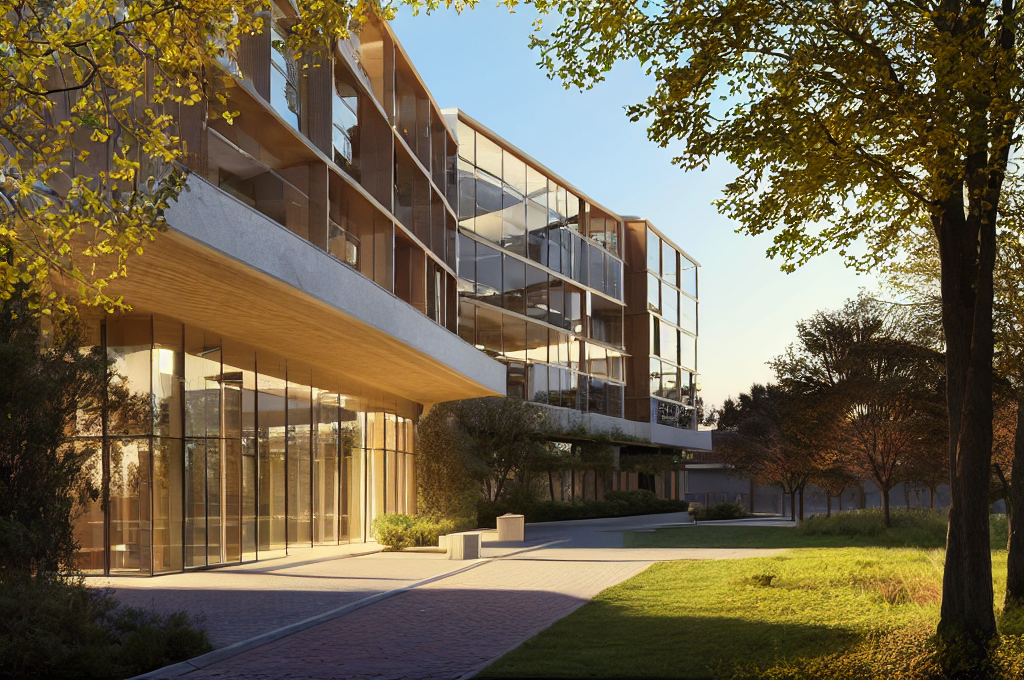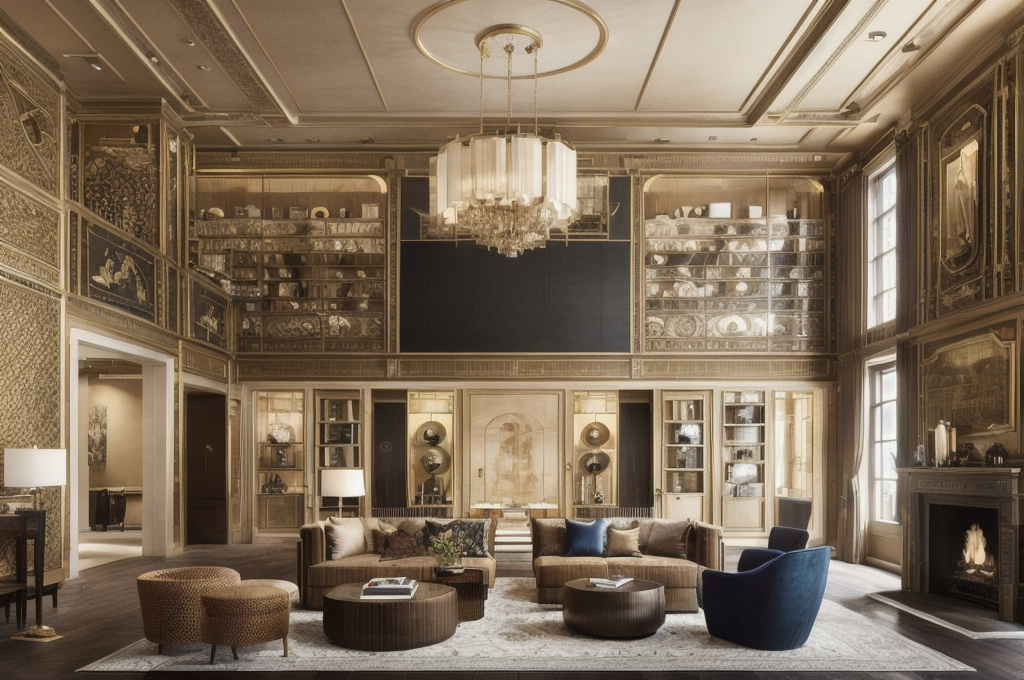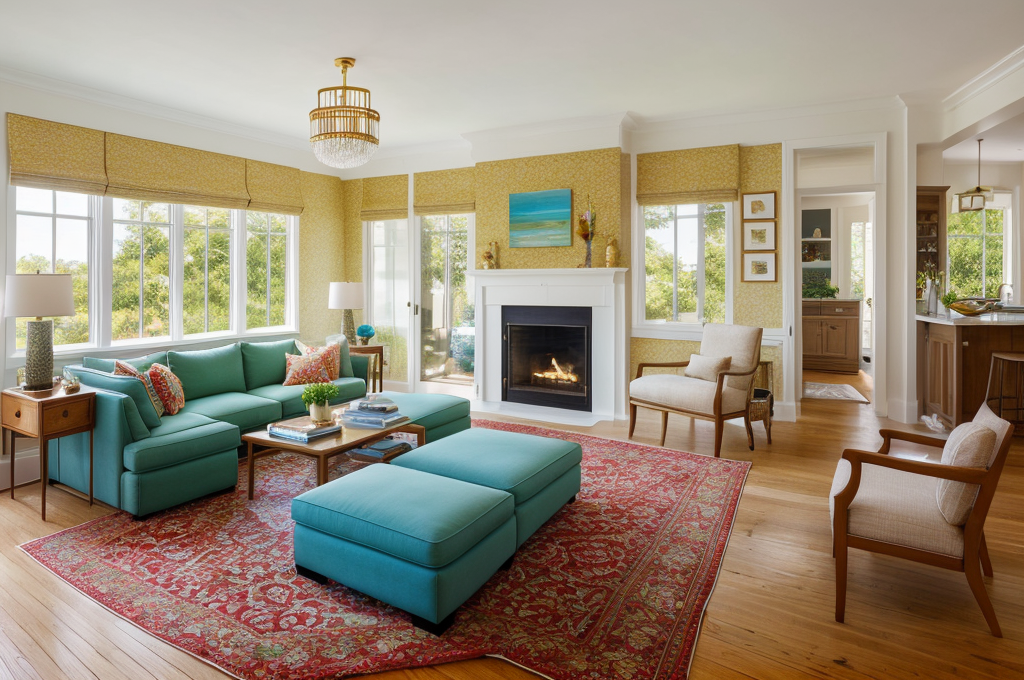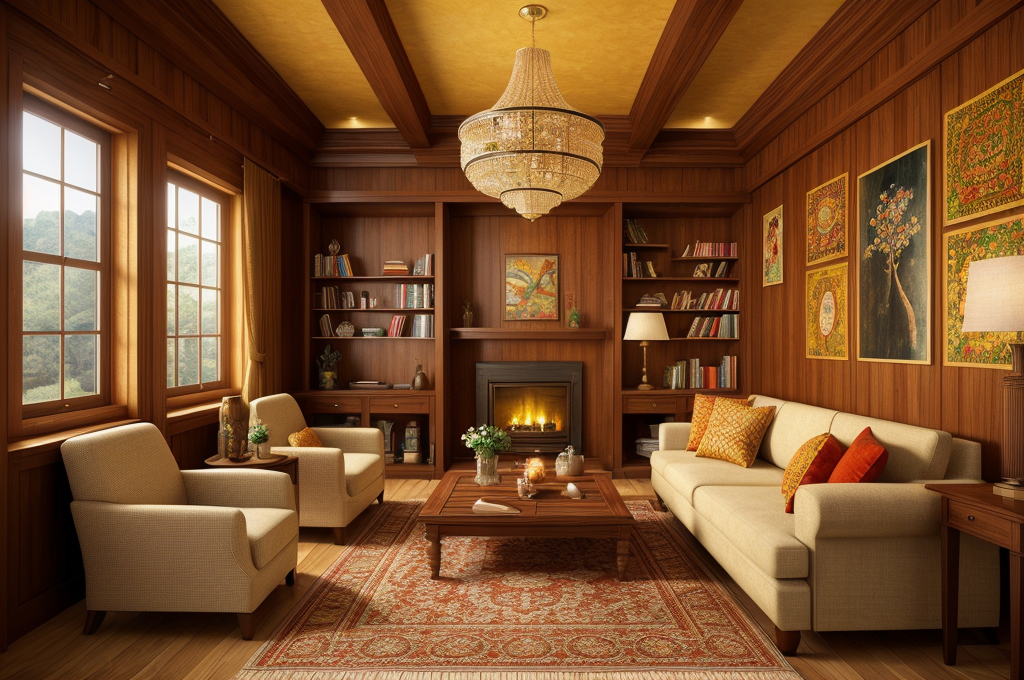Exploring the Rich History and Distinctive Features of Tudor Architecture

The article discusses Tudor architecture’s history, characteristics, revival period, expensive construction, interior design, and the modern Tudor style incorporating new construction materials and techniques.
Understanding Tudor Architecture
Having worked on quite a few british house interior design projects, I’ve become quite enamored with Tudor architecture. It’s intriguing to demystify the rich history and timeless appeal of this design genre. 🏰
Tudor Period Timeline
Tudor architecture originated during the Tudor period, from 1485 to 1603, in England and Wales. It’s a traditional style that’s steeped in history, something that always gets my creative juices flowing.
American Tudor Architecture
Fast forward to the 19th century, and Tudor architecture found its way to America. It became a popular choice for residential spaces and was often perceived as a status symbol due to the expensive nature of its construction. The style brings feelings of nostalgia, grandeur, and a touch of the old world into American homes, blending beautifully with the landscape.
Social Context and Material Components
What really fascinates me is the social context of Tudor architecture. Given the high end materials required to recreate this style, Tudor homes were prevalent among the wealthy, making them quite intriguing. The textured surfaces, intricate woodwork, and detailed leaded glass windows are elements that speak volumes about the aesthetic sense and affluence of the homeowners.
As a spatial story teller, working with the history, style, and nuances of Tudor architecture breathes life and richness into my designs. Incorporating elements from the past enhances a space’s character, underlines its sophistication, and roots it in a tradition that emanates a timeless charm. That’s the magic of interior design that I cherish the power to narrate a historical tale through the art of aesthetics. 🧡
Noteworthy Characteristics of Tudor Style
As a lover of interior design, I’ve always admired the rich historical footprint of Tudor architecture. Not merely an architectural pattern, the Tudor style is a melody of history, art, and basic human aspiration captured within homes, revealing stories about the people who lived within its walls. The tudor house interior design is my favorite part to dissect and recreate, grounding my work in an appreciation of history, beauty, and architectural specifics.
Blend of Renaissance and Gothic Styles
Infusing the principles of Renaissance and Gothic styles, Tudor architecture marries the best of both eras. The harmonious intermingling of these historical periods gives the Tudor style its unique character. It’s an architectural symphony, a blend of historical insights echoing with sensibility, and an artist’s touch.
Exterior Design Features
Tudor style exterior design, distinguished by its distinctive and historical architectural roots, exudes robust and regal bourbon hues. The steep pitched gable roofs, characterful brickwork, orthodox stonework, and abundant chimneys are typical features that make this style unique. Even the elemental detailing in the design palette—the lattice windows, prominent front door, and the half timbering—genuinely breathes life into the Tudor style.
Interiors and Decorative Styling
When it comes to tudor house interior design, the charm lies in the details. It’s a treasure amid aesthetics with bronze fittings and tapestries adorning the walls. The Tudor interiors, often class differentiated, reflect the perfect assembly of refinement, prestige, and homeliness. Whether it’s a royal castle or a modest suburban dwelling, every Tudor home narrates a unique tale—an exciting story waiting to be told and retold.
Escaping into the pores of this historical architectural pattern, we can draw inspiration to recreate an idiom fitting our contemporary lives—a classic, yet a living embodiment of history that carries forward the best of both worlds.

The Tudor Revival
Tudor architecture has always been a particularly compelling style for me, and its revival has been a fascinating journey. At design house interiors knoxville, I often have clients requesting this blend of tradition and elegance.
Initial Decline of Tudor Popularity
The popularity of Tudor architecture experienced a notable decline for a time. Despite its elegance and beauty, it fell out of favor, perhaps due to changing tastes and trends. However, it never completely vanished, acting instead as a sleeping beauty, waiting for the perfect time to re emerge.
Resurgence Timeline
The reawakening of Tudor architecture took place between 1860 to 1940. This period, often referred to as the Tudor Revival period, spanned across the United States and England. The style held its substantial charm, proving capable of bridging the gap between the past and the present effectively.
Influence in Public Buildings
One cannot discuss the Tudor Revival without acknowledging the significant contribution of Architect Norman Shaw. Under his influence, the appeal of Tudor architecture reached new heights, infiltrating public infrastructure, such as libraries. This not just made the style more familiar among people, but also reinforced its endurance and versatility.
Tudor Revival is not just about bringing an old style back into vogue. It’s about appreciating our architectural heritage and understanding the narratives that built our landscapes. It’s a testament to timeless elegance, proving that great design will always be recognized and revered. I find it fascinating how these historical touchstones still have so much influence on our spaces today, and I can’t wait to see how they continue to inspire future design landscapes.
Modern Adaptation and Impact
In my experience as a design enthusiast, I’ve seen how styles evolve over time, seamlessly blending elements from different periods. One clear example of this is the modern Tudor home, a groundbreaking blend of original Tudor elements with updated materials and techniques. It’s fascinating how the influence of the Tudor style has extended far beyond its historical roots, deeply affecting contemporary architecture and especially residential house designs. 🏘️
Modern Tudor Homes
Standing at the crossroads of history and innovation, modern Tudor houses showcase the seamless marriage of old and new. This elegant blend is the essence of the modern Tudor home. It’s a heartening testimony to the design house interior design philosophy, and how the power of design can bridge gaps between different eras and ideologies.
Influence on Contemporary Architecture
The fingerprints of the Tudor style are impossible to miss in contemporary residential architecture. Designers have gleaned from this historical style, not merely in terms of visual inspiration but also adopting architectural intricacies that make the home a nurturing, energy efficient space.
Costs and Construction Considerations
True to their noble roots, the construction of Tudor style homes often requires an investment due to the use of premium materials such as hardwoods and stonework, a testament to their hallmark quality and endurance.
While the cost can be higher than other architectural styles, remember that these costs reflect not only the materials but also the craftsmanship, attention to detail, and timeless appeal that Tudor homes bring. Every penny spent is an investment towards creating a living legacy that stands the test of time.
Key Takeaways
As an interior design lover, I can assertively say that Tudor architecture, revered for its fusion of Gothic and Renaissance elements, encompasses a vast wealth of history and offers notable aesthetic features that are fascinating to study and appreciate. From a simple glimpse, one is intrigued by its imposing form and astoundingly intricate elements. My utmost love and curiosity lie within deciphering the stories etched in every architectural detail of a Tudor house, making my appreciation for Tudor style profound.
Understanding and Appreciating Tudor Style
Throughout the years, I’ve discovered the enchanting blend of form and function in Tudor homes. The interplay of structural details and ornate aesthetics synonymous with british house interior design paints a vivid narrative that dates back to the 15th and 16th centuries. Incorporating the charm of a tudor house interior design into modern living spaces has propelled me to be innovative, learning to harmonize ancient and contemporary design elements.
Tudor’s Influence on Current Architectural Trends
Being a graduate from Parsons’ School of Design, it’s been fascinating to notice the evident influence of Tudor design in contemporary architectural trends, particularly residential housing. Design house interiors knoxville, for instance, are a testament to how these trends have seamlessly found a place in modern architecture.
Costs and Implications of Owning a Tudor Style Home
As much as I adore the allure that Tudor homes bestow, I must admit that their construction and maintenance involve substantial costs. Emulating the design house interior design often requires high qualify materials, which can weigh heavily on the finances. As such, a firm understanding of the financial implications of owning a Tudor style home is a prerequisite. Yet, the elegance and intricate beauty of a Tudor home continue to provoke our admiration and intrigue us, making it all well worthwhile. This is one of life’s most rewarding ventures, where we get to live amid history and beauty.
- Unlocking the Intricacies of Interior Design: Ranch-Style Homes and the Pursuit of Functionality
- Blending Tradition and Modernity: Exploring the Design of Nipa Hut and Trynagoal Tea House
- Enhancing Dining Experiences through Creative Interior Design and Rebranding in Burger Restaurants
- Mastering Home Renovation: The Crucial Roles of an Interior Designer and Effective Budget Management
- Understanding the Value of Interior Designers: Roles, Benefits, and Selection Process
- Exploring the Richness of Turkish Architecture and Interior Design through Adobe Stock and Pinterest
- Unveiling the Unique Characteristics and Design Elements of Ranch-Style Houses
- Embracing Openness and Personal Touch: The California Ranch House Interior Design Concept
- Embracing Warm Minimalism: The Rise of Brown Tones in Interior Design
- Enhancing Your New Home: Key Elements and Strategies in Interior Design
- Unveiling the Art of Luxury Interior Design: Exploration of Materials, Individual Style and Inspiration from Pinterest
- 13 Easy and Affordable Tips to Spruce Up Your Home Decor
- Exploring the Rich History and Distinctive Features of Tudor Architecture
- Exploring British Home Interiors: From Historical Evolution to Modern Adaptation
- Traversing the World of Interior Design: From Designer Profiles to DIY Ideas and Future-ready Furniture
- Contemporary Home Refinement: Leveraging Exposed Brick Design and Affordable, High-Quality Furnishings
- Exploring the Warmth and Charm of Modern Rustic Interior Design
- Enhancing Duplex and Triplex Interiors: An In-Depth Guide to Style, Lighting, and Effective Use of Space
- Creating Your Dream Bathroom: A Comprehensive Guide to Designs, Functionality, and Material Selection
- Creating Your Personal Spa: Insights into Modern Bathroom Design Trends



